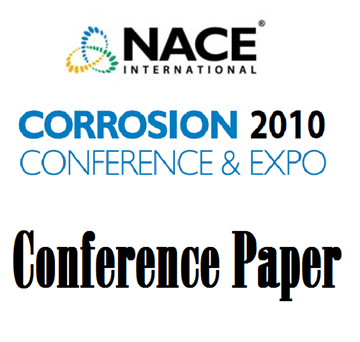Search
09506 Diaphragm-Based Pipeline Corrosivity Monitoring System
Also Purchased
09045 Pipeline Integrity Restoration
Product Number:
51300-09045-SG
ISBN:
09045 2009 CP
Publication Date:
2009
$20.00
10028 Implementing Remote Wireless Monitoring of Pipeline Integrity and Cathodic Protection
Product Number:
51300-10028-SG
ISBN:
10028 2010 CP
Publication Date:
2010
$20.00
Recently viewed




